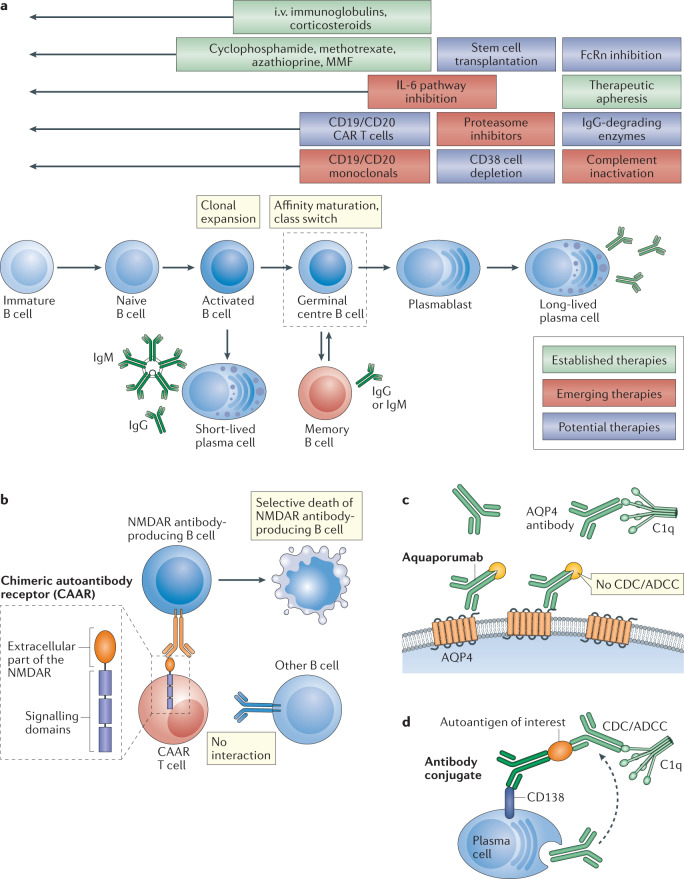Fig. 4. Innovative immunotherapies in neurological antibody-mediated diseases.
a | A large variety of treatment approaches are currently available (green, red) or in clinical development (blue), focusing on different targets along the B cell lineage. b | An exciting new route is the development of highly antibody-selective immunotherapies. Chimeric autoantibody receptor (CAAR) T cells are engineered to detect and deplete B cells monospecific for a given autoantibody, such as N-methyl-d-aspartate receptor (NMDAR) autoantibodies, via extracellular presentation of the target autoantigen. c | The non-pathogenic aquaporin 4 (AQP4)-selective antibody ‘aquaporumab’ lacks complement-dependent cytotoxicity (CDC)/antibody-dependent cellular cytotoxicity (ADCC) effector functions and can outcompete pathogenic AQP4 patient antibodies. d | In an experimental approach using anti-CD138 antibodies conjugated to an autoantigen, binding of pathogenic autoantibodies may induce CDC/ADCC-mediated depletion of long-lived plasma cells. CAR, chimeric antigen receptor; FcRn, neonatal Fc receptor; i.v., intravenous.

